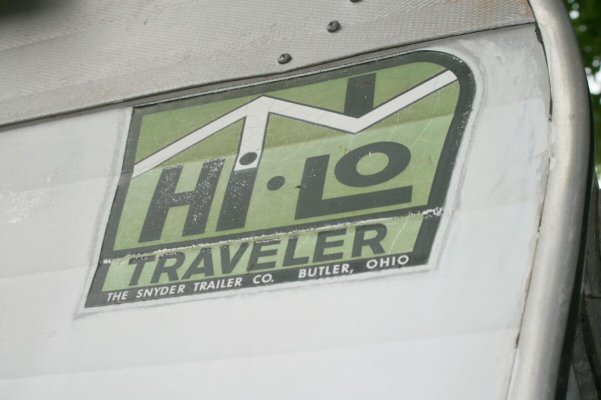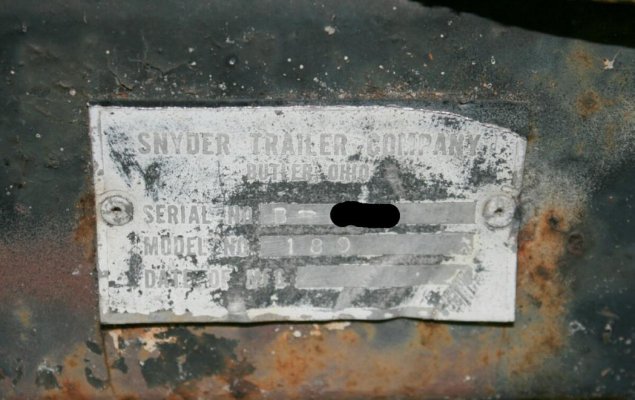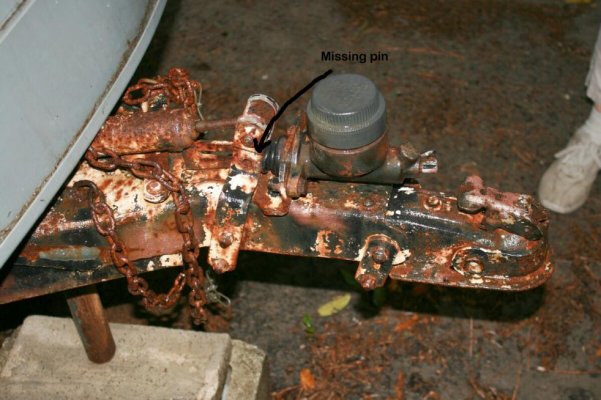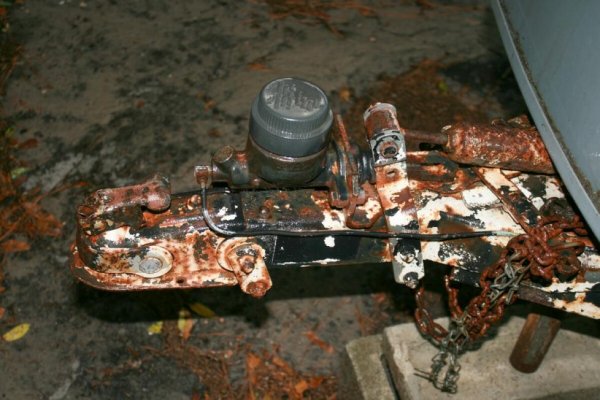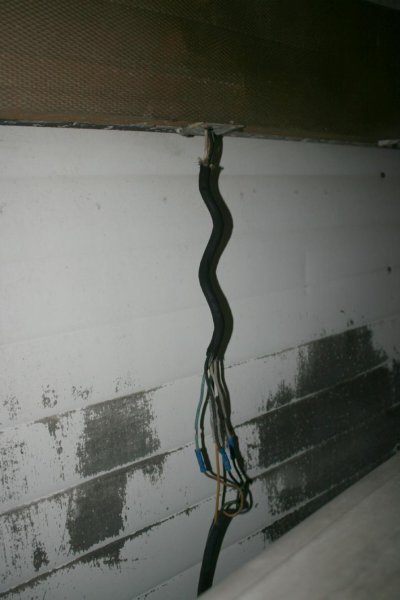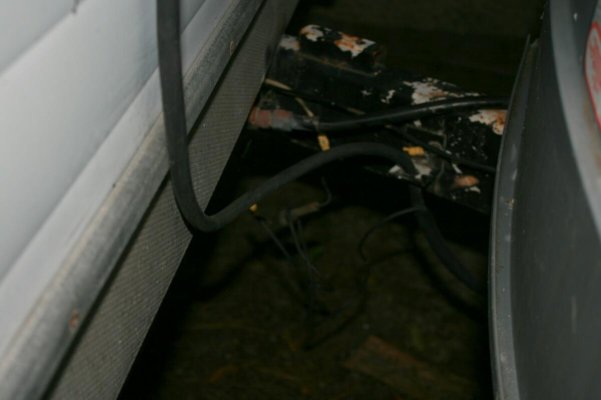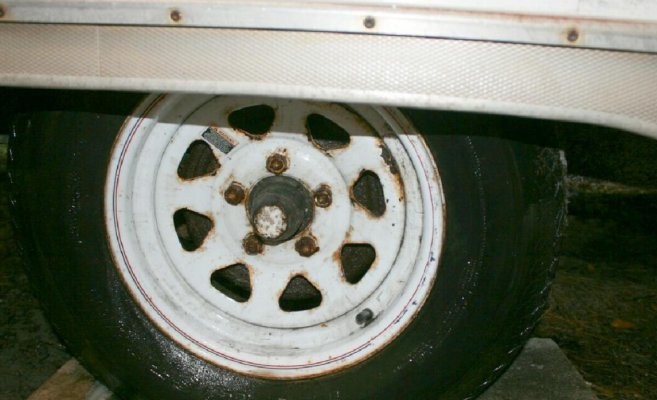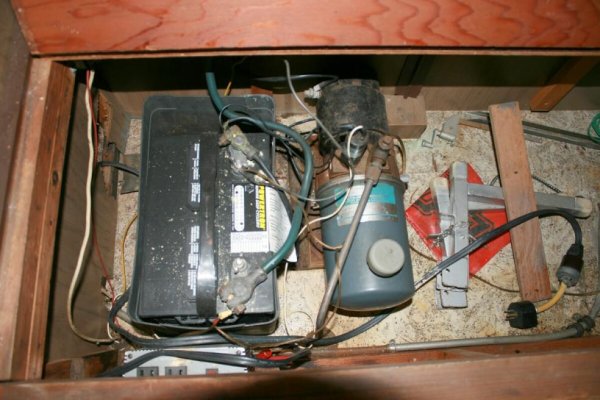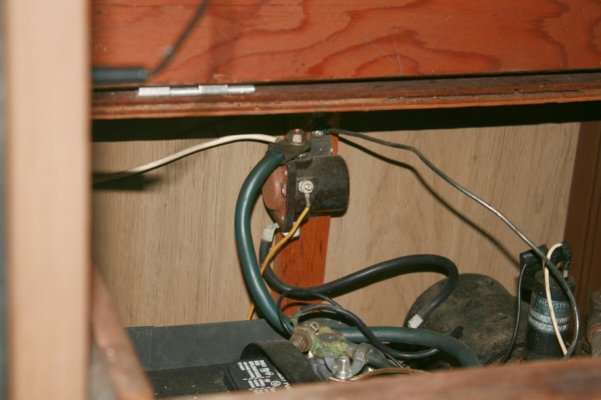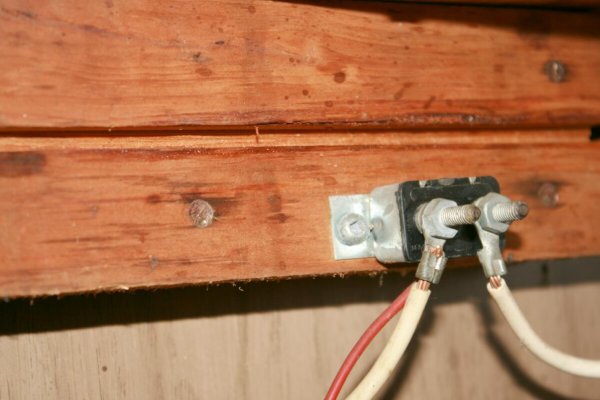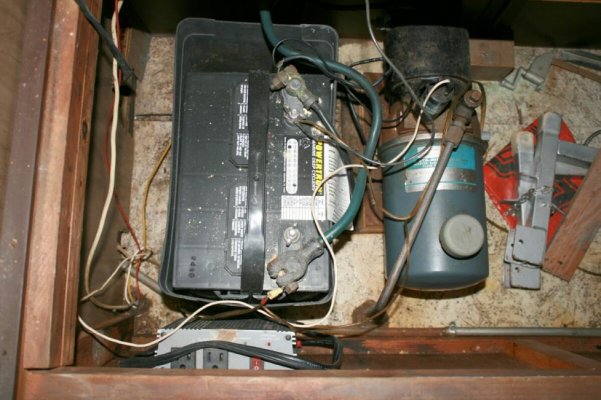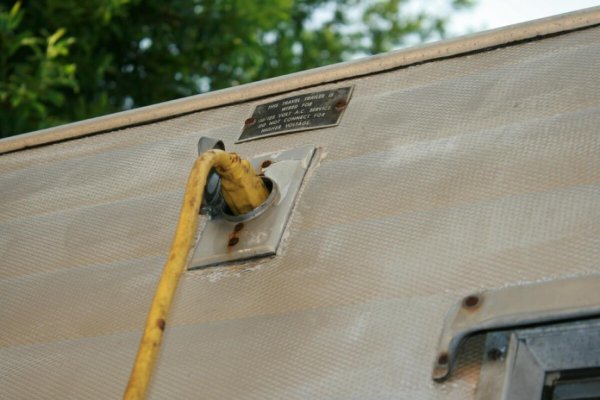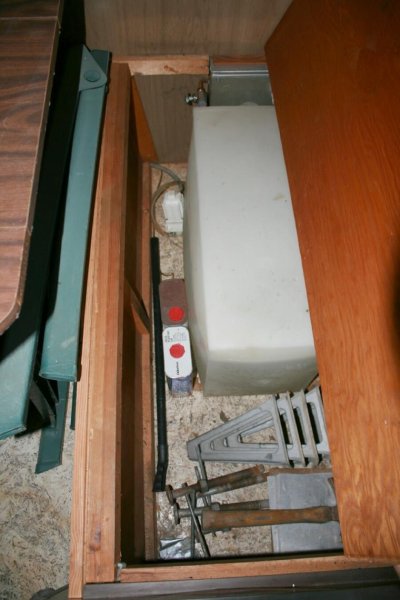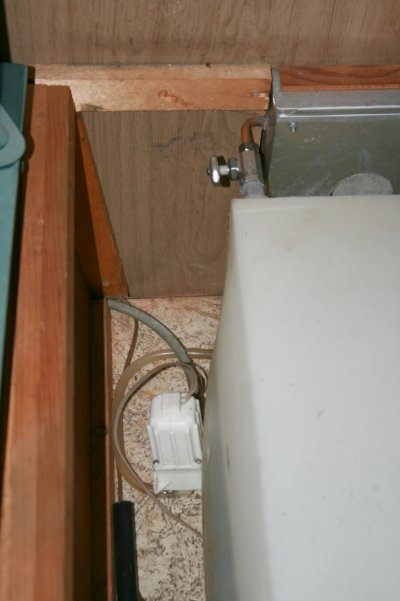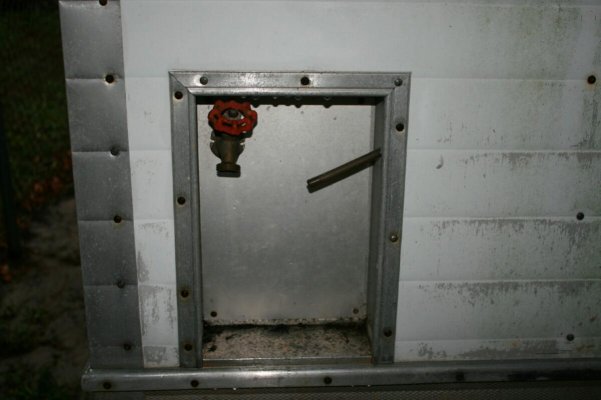69hilo2
Senior Member
Well off this goes. Several years ago my wife and I bought this hilo. As Is Where Is. No manual no anything. Well got it home and this led to that. My wife and I build a house. We designed it and really did a lot of the work. So the hilo sat. Now I'm thinking that the house is almost done and it's time for the hilo.
From the title find it's a 1969. From this website I download the 1969 manual.
http://www.hilotrailerforum.com/f49/owners-manual-1969-bon-voyage-836/
Also the 1971 it has some more details that you can review also.
http://www.hilotrailerforum.com/f49/1971-hi-lo-14ft-owners-manual-single-axle-2196/
Find the tag on the right front of the frame and get a few more details.
Current problems that I'm going to share. Also data as it's found.
So on with the picture show. New site, old dog, that's me so lets try to post a lot of pictures and see what happens.
Well if it goes the way that I think it will.
1st is the Logo -- Traveler
2nd Frame tag
3rd front part surge brake showing missing pin
4th other side surge brake
All of this stuff I have a basic handle on. Need help in the next post
Later Tim 1969 hilo
From the title find it's a 1969. From this website I download the 1969 manual.
http://www.hilotrailerforum.com/f49/owners-manual-1969-bon-voyage-836/
Also the 1971 it has some more details that you can review also.
http://www.hilotrailerforum.com/f49/1971-hi-lo-14ft-owners-manual-single-axle-2196/
Find the tag on the right front of the frame and get a few more details.
Current problems that I'm going to share. Also data as it's found.
So on with the picture show. New site, old dog, that's me so lets try to post a lot of pictures and see what happens.
Well if it goes the way that I think it will.
1st is the Logo -- Traveler
2nd Frame tag
3rd front part surge brake showing missing pin
4th other side surge brake
All of this stuff I have a basic handle on. Need help in the next post
Later Tim 1969 hilo
Attachments
Last edited:
